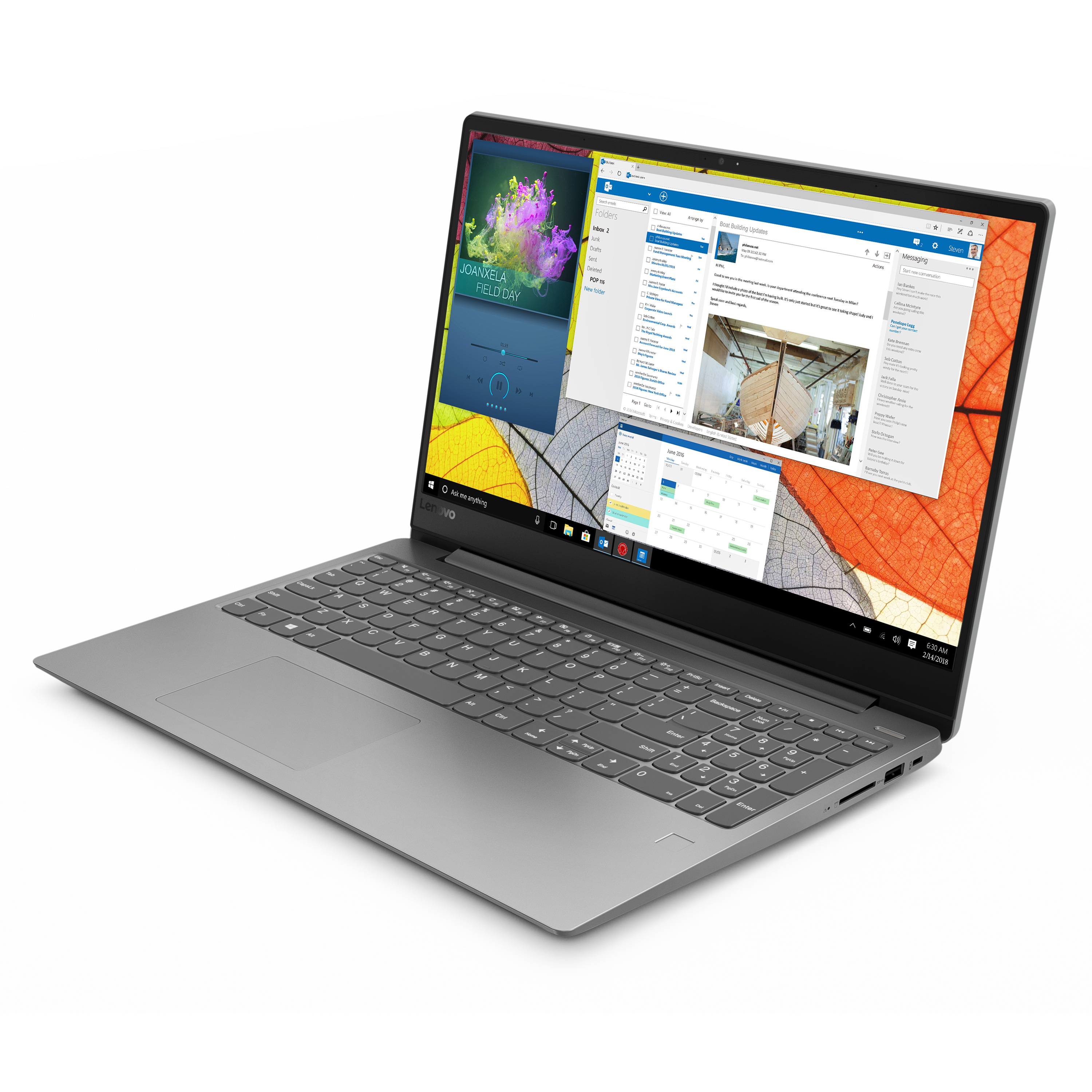Wow, so Microsoft continues its campaign to push all of us regular consumers out of Windows 7. I suspect that money and resources (more money) they have to invest in keeping Windows 7 current is behind the push on their part. The question I get asked often is, does this apply to my computer?
My current answer is kind of a long one, so let me start with a summary. If all of the programs you use work in Windows 7 and you are comfortable using Windows 7, don’t change just to make Microsoft happy. At some point you may have reason to upgrade a program you are using or add a new program to the ones that you use; and, if that upgrade or new program requires Windows 10, then you need to upgrade from Windows 7 at that point. In my opinion, Windows 7 is not at the end of its service life yet.
What will you be missing? Windows 10 does have a number of built-in apps, programs, and so forth that can be helpful for some folks. Some modern accessories already require Windows 10, and Windows defender will soon require Windows 10. As I have already hinted, some programs also require Windows 10.
How would upgrading my current machine to Windows 10 affect its performance? Let’s face it, Windows 10 is much bigger than Windows 7 and does need more memory, more storage, and a more capable CPU; so, your computer will run slower with Windows 10 than it did with Windows 7. Reliability should be quite similar with the two OS’s, though it does seem that I need to reboot less often with Windows 10 than with a very similar machine running Windows 7.
If you decide to stay with Windows 7 for another year or so, what do you need to do to remain safe and secure? With Windows Defender ceasing support for Windows 7 you will need to choose a different anti-virus + anti-malware product or suite going forward and I can recommend Sophos Home or Malwarebytes. Both products have their advantages and support Windows 7 at this time. Another step is to stop using Internet Explorer and switch to Edge, Chrome, or Firefox for web browsing (once again security issues). Other than those concerns (changes) very little if anything should change for the Windows 7 user going forward for a few years.


